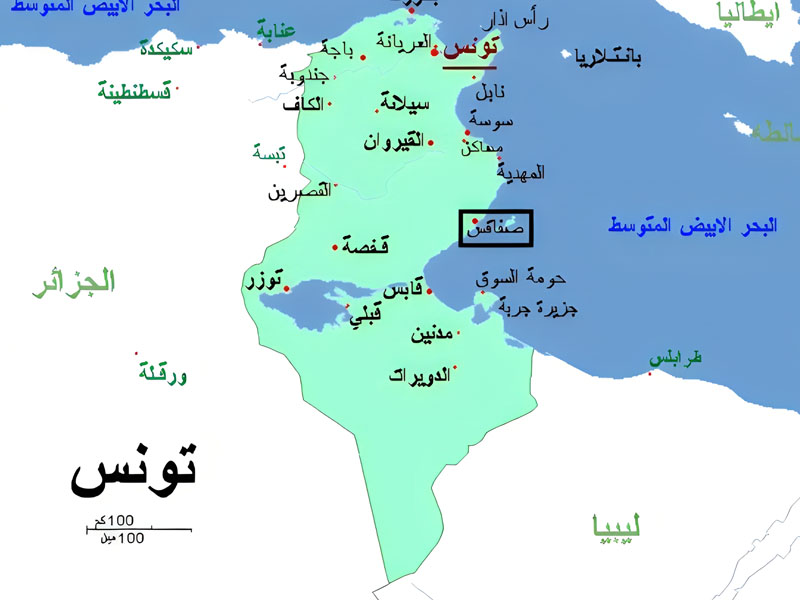Residential architecture in ancient Tunisian cities: The example of Safaqis
Issue 30

Al Nasir Al Baqluti
Tunisian
Architecture is a civilised practice that influences cultural and social trends.
Architecture shapes residential spaces; it is the product of lifestyle needs and the arts of building and construction. As Ibn Khaldun said, individuals share their knowledge of the arts and pass it down through the generations.
Residential architecture, which includes covered and open spaces, is characterised by the use of local natural materials, and caters to residents’ lifestyles, traditions and practices.
The style of residence is determined by the group’s culture, values, and economic status. So, residences are direct expressions of culture in its material and non-material content, and a representation of accumulated knowledge and skills that resulted in different architectural styles and models.
Tunisia is rich in traditional building styles. Even in the same place, styles vary. The buildings on the coast are very different to those that use palm fronds, although architectural styles may seem similar in terms of planning because of the common lifestyle features. In different areas of Tunisia, the architecture reflects the experience acquired by local builders who excelled in the art of building to accommodate changes in climate, and who add landscaping features by using local natural materials.
Traditions are a non-material representation of popular culture, with all its requirements and values. They are also a crystallization of human desires and dreams. Climate, geographic features and building materials obviously affect architecture, but residential spaces are determined by cultural factors such as lifestyle, beliefs, religion, family structure, social relations, food-related traditions, and economic status.
Traditional architecture is a form of material and non-material heritage. It is material heritage because of form, layout and building materials, and non-material heritage because it displays construction knowledge and skills, because of the way the house functions and because of its symbolic features. A traditional building is a financial burden to its owner, because it needs regular maintenance; there should be initiatives to help preserve traditional buildings.
It is challenging to preserve both the aesthetic and functional features of traditional architecture. Some people build domes or cellars without any functional value. The preservation of heritage homes involves balancing the internal and external architectural language and function, and creating designs that suit both traditional and contemporary lifestyles.



































































